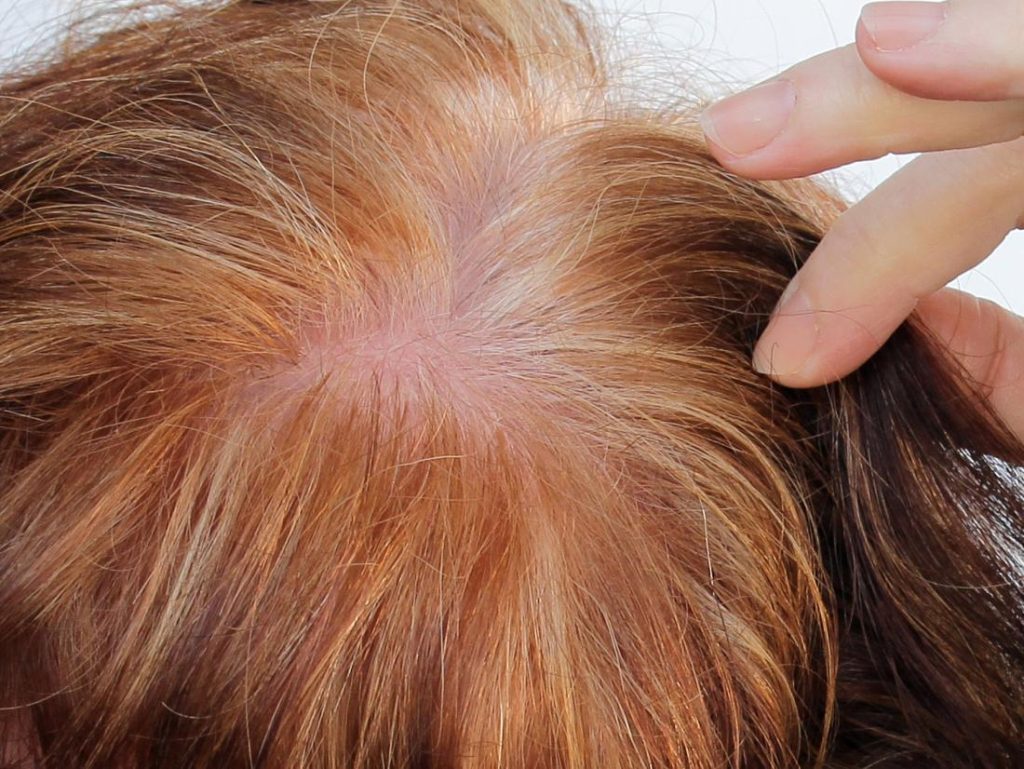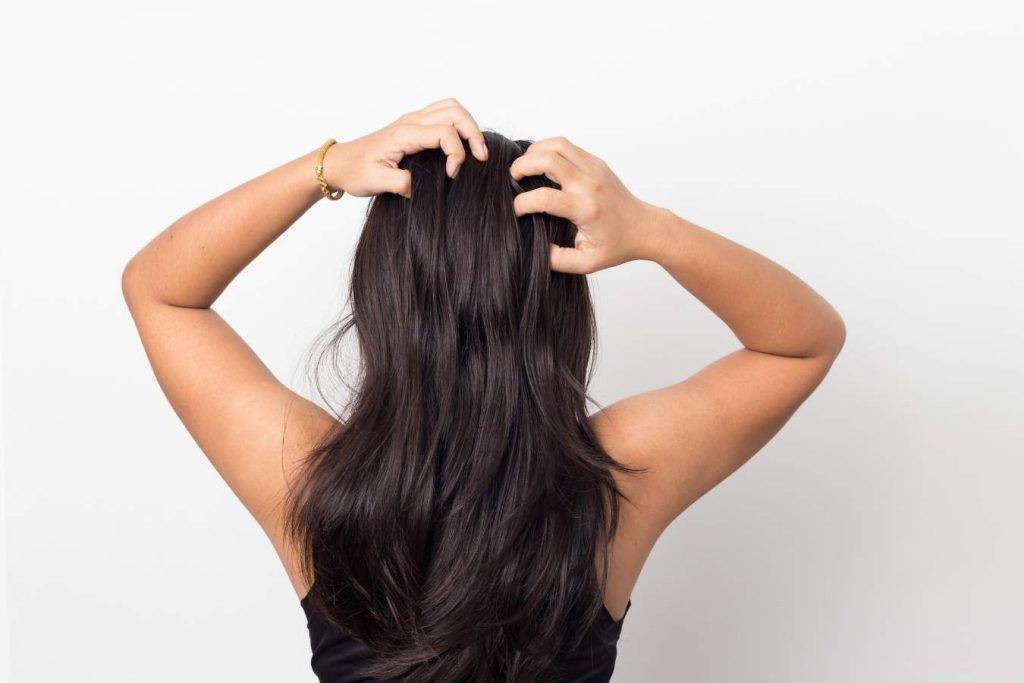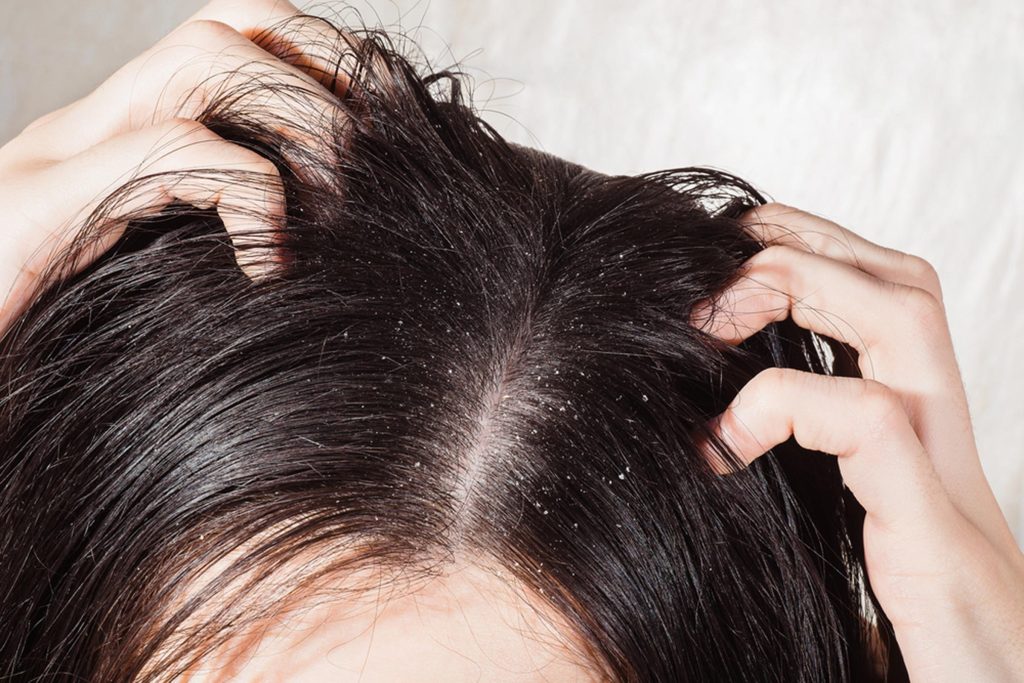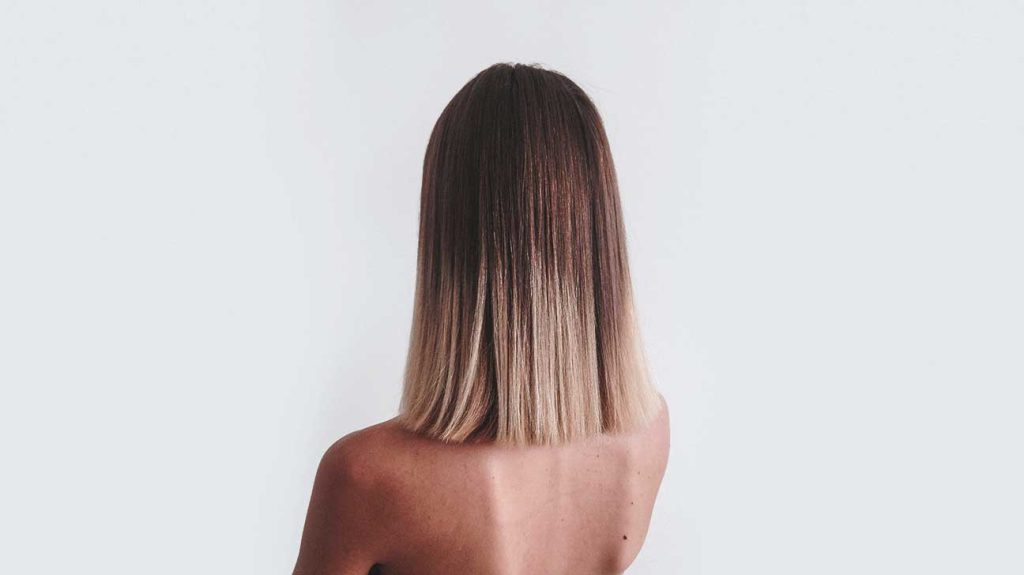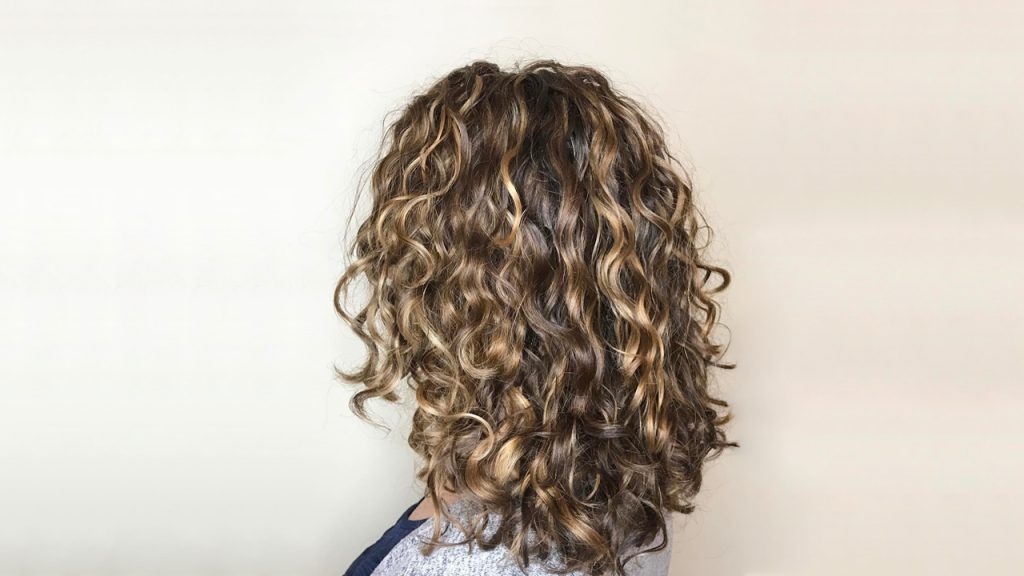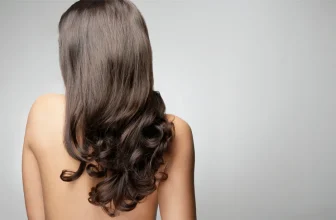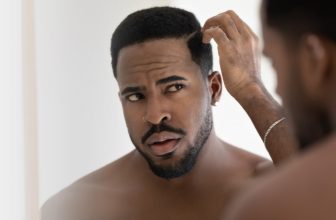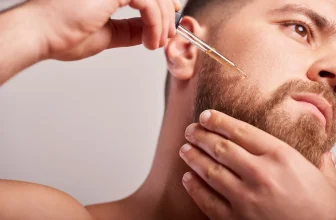6 Easiest Ways To Figure Out Your Hair Type & Which Products To Use
Not knowing your hair type can be a problematic issue when you need to choose the right products for your hair. Even in the market, the hair care products are classified as per the hair type, which makes it vital to know your hair type to give it the best care.
How To Determine Your Hair Type And Care For It
Here we have listed a few factors that can help you know your hair type and care for it.
Hair Density
The amount of hair on your scalp determines your hair density. Hair density is not the same as hair diameter.
- Thin Density: If your scalp is visible, your hair density is thin.
- Medium Density: You possess medium hair density if you can see your scalp partly through your hair.
- Thick Density: You retain thick hair density if you can barely see your scalp.
Hair Diameter
The breadth of a single hair strand is measured by the diameter of your hair. It is the most precise way to specify your hair type.
- Thin Hair: You possess thin hair if you can hardly feel a strand between your fingertips.
- Medium Hair: You retain medium hair if you can feel the hair strands somewhat.
- Thick Hair: Thick hair is defined by the ability to feel each individual hair strand.
Hair Elasticity
The elasticity of a single hair strand refers to how far it can stretch before reverting to its original state.
- High Elasticity: If a hair strand can extend a considerable distance without breaking, it has high elasticity.
- Medium Elasticity: Your hair has medium elasticity if it stretches to some extent prior to shredding.
- Low Elasticity: Hair with low elasticity breaks almost immediately after stretching.
Porosity
The ability of your hair to absorb and maintain moisture is referred to as porosity. Understanding your hair’s porosity will help you select the proper products for your hair.
- High Porosity: When a hair strand falls to the bottom, it is said to have high porosity.
- Medium Or Normal Porosity: If your porosity is medium or normal, the strand will float in between the water and perfectly balanced.
- Low Porosity: Hair strands with low porosity will hover on the surface.
Hair Greasiness
If you understand how greasy your hair is, you can figure out how often you should wash it. You can also get the ideal hair care products, such as shampoos and conditioners because greasy hair accumulates residue more quickly. You can find here the best suitable products as per your hair type.
- Oily Hair: You possess greasy hair and scalp in case of an oily spot on the tissue.
- Normal Hair: If there is only a trace of oil on your scalp, you retain a normal scalp.
- Dry Hair: There is no oil on the tissue since the hair is dry.
- Combination Hair: Combination hair occurs when oil is accumulated on the tissue from only a few areas of your scalp.
Curl Pattern
There are four types of hair patterns which are curly, wavy, straight, or coily.
Straight Hair
Straight hair is defined as hair that is flat from the roots to the tips. There are no curls in the hair, and the hair is fine and silky. Straight hair is categorized into three types:
- Type 1A hair is exceedingly silky, smooth, and lustrous.
- Type 1B is somewhat thicker and more bouncy than 1A.
- Type 1C has the coarsest, thickest, and straightest hair.
How To Care:
Straight hair can become greasy and flat with time, so make sure not to use heavy serums and butter. Dry shampoos and texture sprays are the best products.
Wavy Hair
Wavy hair is a cross between straight and curly. This type of hair has a tiny curl pattern at the ends but is not completely curly. This hair type is further classified into the following categories: and
- Type 2A – Hair that is thin and wavy.
- Type 2B – Medium-thickness wavy hair
- Type 2C – Hair that is thick and wavy.
How To Care:
Type 2A:
From the roots to the level of the eyes, hair is usually straight , and there are loose waves from the eye level to the edges. Stick to gels and avoid creams and oil hair care products.
Type 2B:
From the eyes to the ends, the hair is curled. You can make the end curls stand out by staining the hair strands that have an ‘s’ pattern.
Type 2C:
S-shaped curls start at the top of this style. Frizzy hair is a characteristic of Type 2C. When blow-drying your hair, utilize a diffuser to prevent the heat from making your hair frizzy.
Curly Hair
Check if your hair strands have an ‘S’ pattern. Curly hair has an ‘S’ pattern and stays curly irrespective of straightening processes. It is frizzy and prone to tangles. Curly hair is subdivided into:
- Type 3A is characterized by loose curls.
- Type 3B is characterized by medium curls
- Type 3C is characterized by tight curls
How To Care:
Type 3A:
S-shaped curls develop loose loops in this type of hair. Brush your hair gently if you want to keep the natural texture.
Type 3B:
Curls are more thicker and drier than type 3A. Use plenty of hydrating elements to your hair, such as aloe vera, shea butter, and so on. Make sure not to use sulfates and silicones because they might deplete the body’s natural moisture.
Type 3C:
These curls are ideal in terms of tightness and coiling. Since this type of hair is prone to breakage, apply a leave-in conditioner to detangle it.
Coily Hair
Coily hair is arranged in a ‘z’ pattern. It may appear rough and gritty, and it is easily broken. The curls are quite tight. Coily hair is categorized into three types:
- Type 4A is a soft type.
- Type 4B has a wiry appearance.
- Type 4C has a very wiry appearance.
How To Care:
Type 4A:
Coily hair of type 4A is a sensitive hair type that requires a lot of moisture. Aside from oils, it is better to use deep conditioners, butter, and creams. Do not do tight braids.
Type 4B:
This hair type is prone to knots and may have a zig-zag pattern. Apply a leave-in conditioner to moist hair and carefully separate portions with a comb. With a curling lotion or gel, you can keep the coils in shape.
Type 4C:
The curls on this type of hair are extremely tight and delicate. In order to moisturize hair strands, utilize oils, deep conditioners, and shea butter creams.
Bottom Line
We have listed all the factors that help you figure out your hair type. So, make sure to use the right products to take great care of your hair without any damage.
Related Posts:
- 8 Best Oils For Low Porosity Hair 2024 - Review &…
- 7 Best Red Hair Dye for Dark Hair 2024 - Top Picks
- 9 Best Oils for 4c Hair 2024 - Review and Buying Guide
- 10 Best Almond Oil for Natural Hair 2024 - Top Picks…
- 12 Best Coconut Oil For Natural Hair Growth 2024 -…
- 10 Best Red Hair Dyes 2024 - Review and Buyer's Guide

